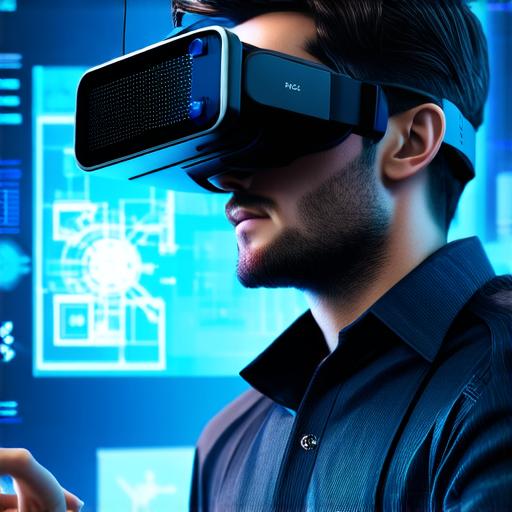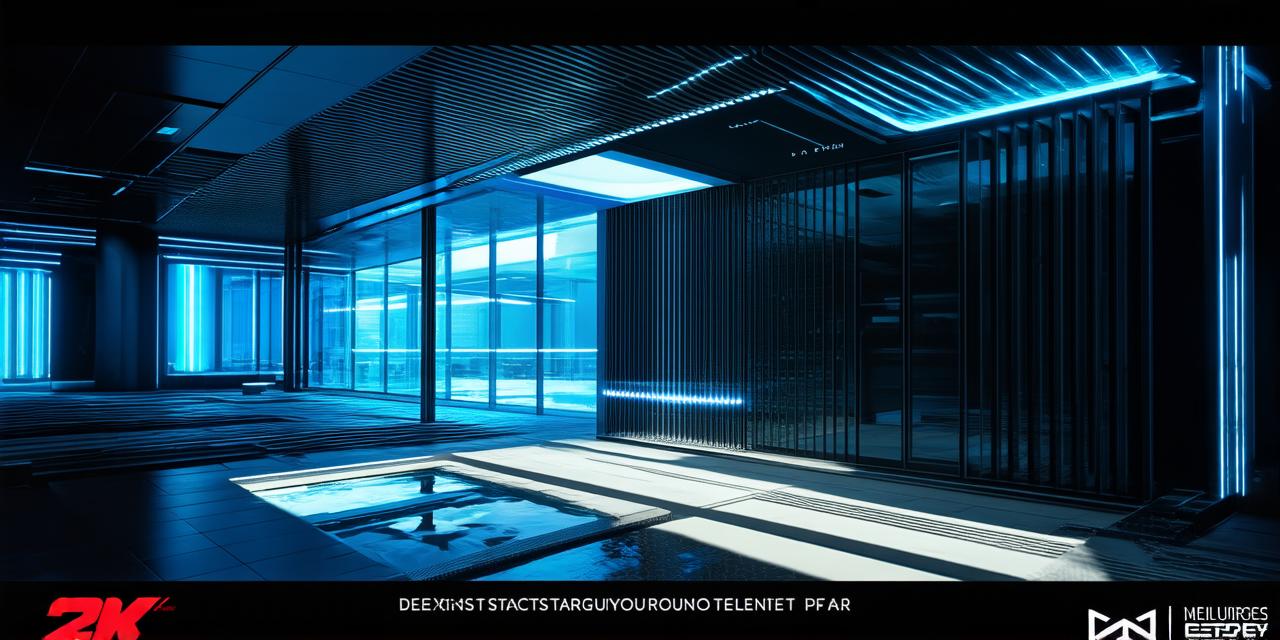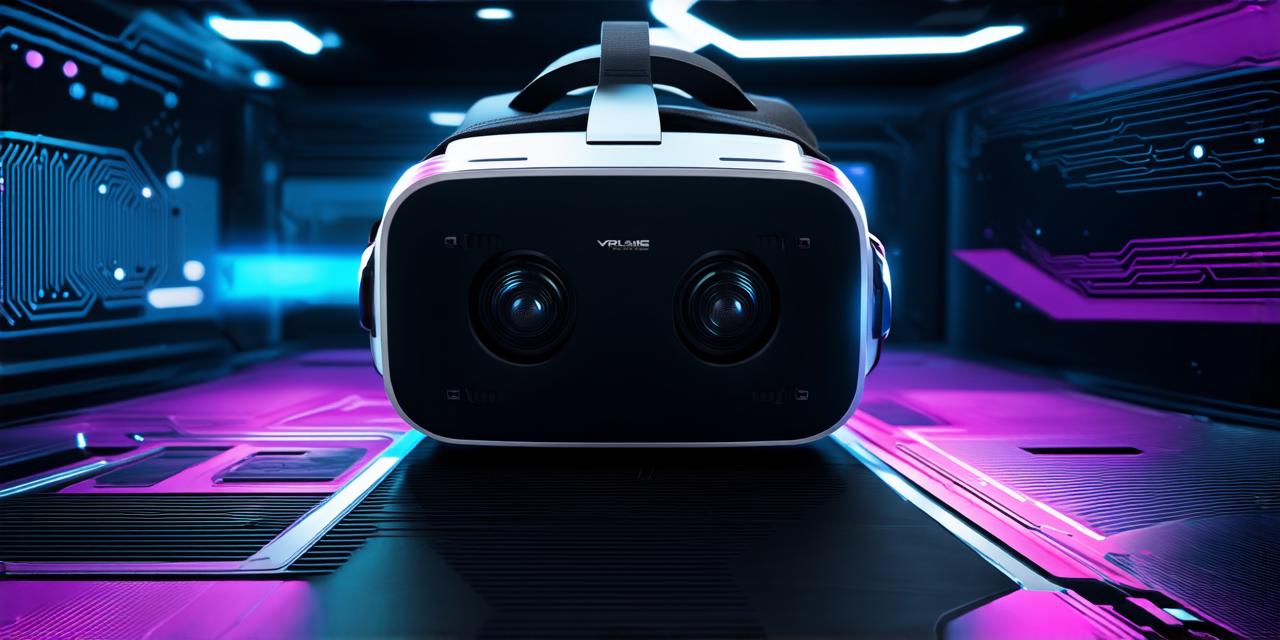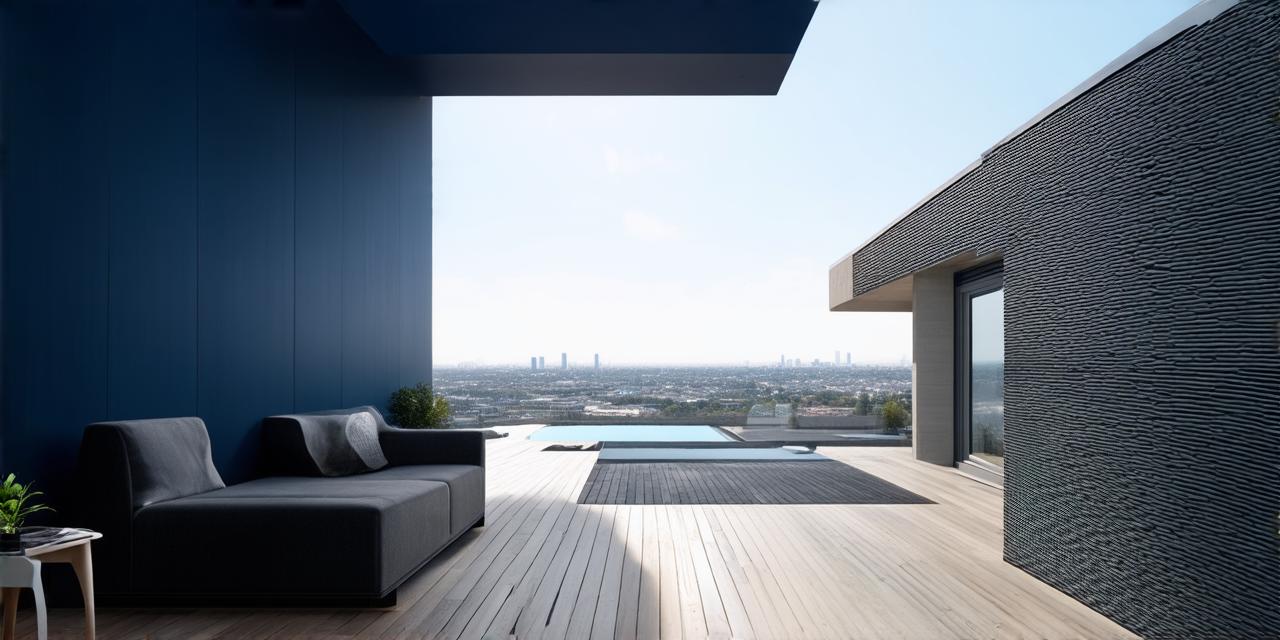
Virtual reality (VR) has had a significant impact on architecture, with the potential to revolutionize how buildings are designed and experienced. In this article, we will explore some of the ways in which VR is influencing architecture and what this means for the future of the industry.
One way in which VR is influencing architecture is by allowing architects to visualize and test designs in a virtual environment before they are built in reality. This can be particularly useful for large-scale projects, such as office buildings or shopping centers, where it can be difficult to accurately predict how a space will function and flow.
By creating a virtual model of the building, architects can simulate different scenarios and make adjustments to the design before construction begins.
Another way in which VR is influencing architecture is by enabling architects to create more immersive experiences for building occupants. With VR technology, architects can create 3D models of a building’s interior that are so realistic, they can transport people into the space and allow them to experience it as if they were actually there.
This can be particularly useful for retail spaces or office buildings, where the goal is to create an engaging and welcoming environment for employees and customers.
VR also has the potential to make architecture more accessible and inclusive. For example, architects are using VR technology to create virtual tours of historic sites and landmarks that are not physically accessible to everyone.
This can be particularly useful for people with disabilities or those who live far away from the site.
Finally, VR is also influencing architecture in terms of how it is taught and studied. With virtual models and simulations, students can learn about different architectural styles and techniques in a more immersive and interactive way.
This can help to make architecture more engaging and accessible to a wider audience.
In conclusion, VR technology is having a significant impact on the field of architecture. It is allowing architects to visualize and test designs in new ways, create more immersive experiences for building occupants, make architecture more accessible and inclusive, and revolutionize how it is taught and studied. As VR technology continues to evolve, we can expect it to play an increasingly important role in shaping the future of architecture.



